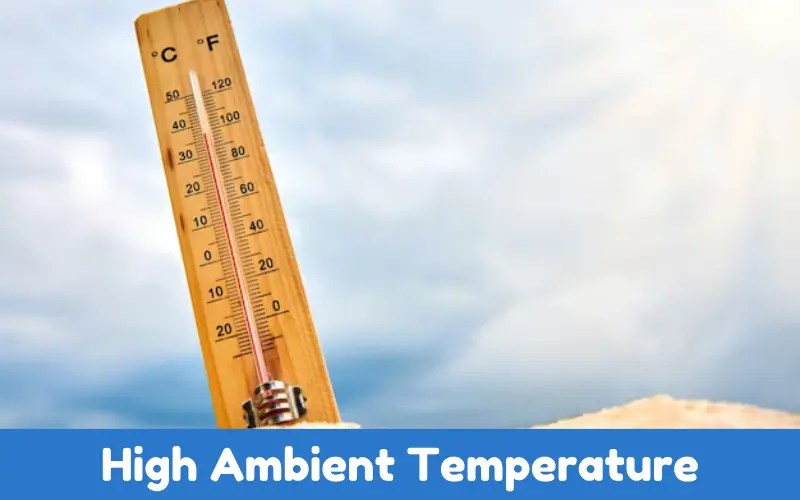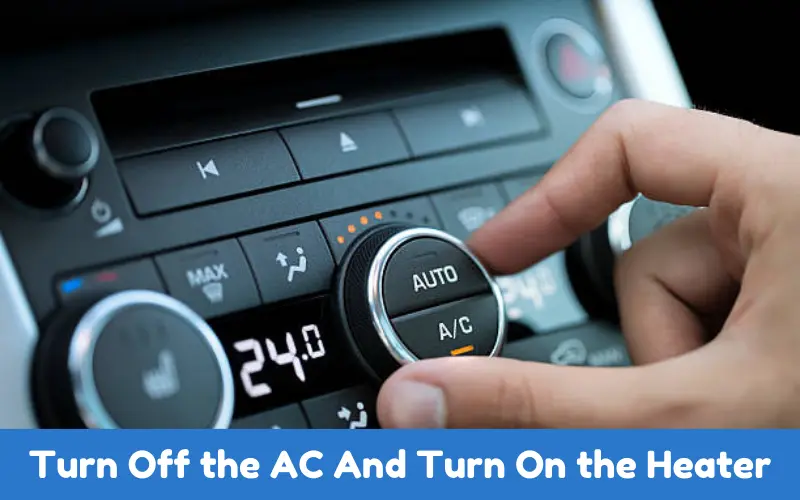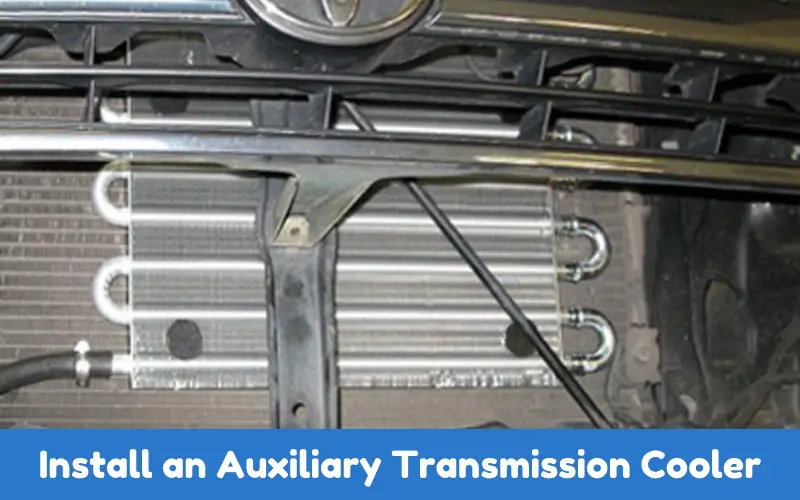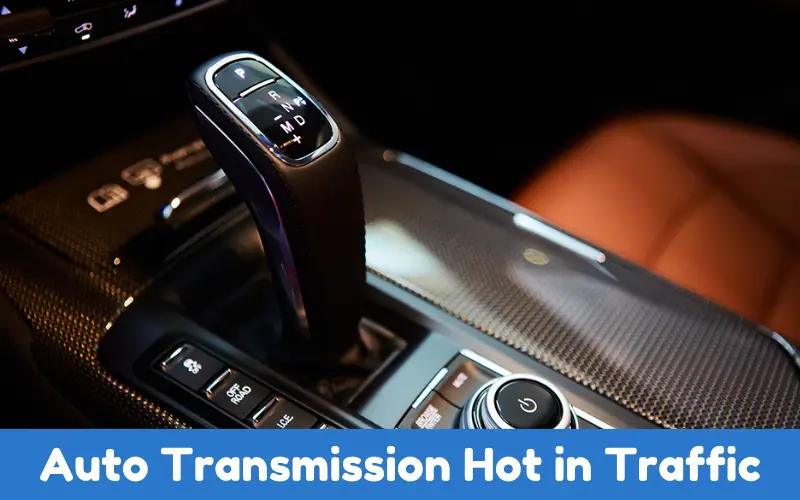If you’re sitting in traffic, that telltale yellow ‘Auto Transmission Hot’ warning light comes on, an indicator that you might not be taking care of your car.
If you disregard this gauge, it could be heading for an expensive repair or premature replacement of your transmission that puts a huge dent in your bank account and leaves you stranded.
Here’s a guide to understanding why auto transmission hot in traffic comes on, how to recognize it, and what to do about it to keep your car operating efficiently.
Article Summary
- What Does “Auto Transmission Hot” Mean?
- What Are the Causes of Auto Transmission Hot in Traffic?
- Symptoms of An Overheating Transmission
- What To Do If Your Transmission Overheats?
- How To Fix Overheating Transmission?
- FAQs on Why Does Auto Transmission Hot in Traffic
- What Should I Do If My “Auto Transmission Hot” Warning Light Comes on While Driving?
- Why Does My Transmission Overheat in Traffic But Work Fine on Open Roads?
- Can Driving with Low Transmission Fluid Cause Overheating?
- How Can I Tell If My Transmission Fluid Needs Changing?
- Is An Auxiliary Transmission Cooler Worth Installing?
- Conclusion
What Does “Auto Transmission Hot” Mean?
The automatic transmission uses transmission fluid to cool and lubricate. If your transmission is overheating, the fluid is not cooling properly, usually due to too much stress on the transmission or some kind of failure with the cooling mechanism.
A common cause of overheating is prolonged idling in traffic. But it can also become more of a problem in high temperatures. If so, the ‘Auto Transmission Hot’ light will turn on.
What Are the Causes of Auto Transmission Hot in Traffic?
Driving in traffic puts unique stress on your car’s transmission system. Here’s why:
Prolonged Idling And Stop-and-Go Driving
Stop-and-go driving keeps your transmission in constant motion, working harder than when driving steadily.
And as all that work causes your car to overheat, the fluid isn’t flowing enough to cool the transmission while still in heavy traffic.
High Ambient Temperature
High outside temperature, especially in summer, and the transmission’s temperature might rise. This, combined with stop-and-go traffic, can cause the car to overheat.

Low Levels of Transmission Fluid
The transmission itself gets very hot. If transmission fluid is low (even low) or if you have a leak, it will not only not have the coolant additive but also cannot stay cool.
Check your transmission fluid level frequently, as this can lead to major overheating problems.
Poor Quality or Old Transmission Fluid
As it ages, the liquid loses its ability to cool and lubricate. If you haven’t changed your transmission fluid in a while, your transmission might be unable to keep its temperatures in the safe zone, especially in traffic.
Blocked Transmission Cooler
Vehicles with a transmission cooler require it to be cooled. If this cooler is blocked and transmission fluid can’t cool, it will overheat.
Symptoms of An Overheating Transmission
Besides the ‘Auto Transmission Hot’ light nothing to be sneezed at. There are other clues that the transmission is overheating:
Delayed or Slipping Shifts: If the gears slip or shift with more back and forth while driving than normal, then it could be the beginning of an overheating transmission.
Burning Smell: An overheating transmission will have a burnt smell to it. The transmission fluid will start to break down from the heat.
Leaking Fluid: If the heat heats the seals too much, your transmission might discharge its fluid.
Poor Acceleration: If the transmission is overheating, your car will feel sluggish and unresponsive to your foot on the accelerator.
What To Do If Your Transmission Overheats?
If you’re stopped in traffic and notice the light comes on or you notice any other symptoms, you could do this:
Pull Over And Let the Engine Cool
Pull to the side of the road and put the car into ‘Park.’ Idling might reduce the car’s temperature for a few minutes, but turning off the car can be even more effective if you have to stop for a while.
Shift To Neutral
If you are in stop-and-go traffic and cannot get to the side of the road, put your car in neutral and let it idle. This brings the stress off the transaxle and can help prevent further overheating.
Turn Off the AC And Turn On the Heater
Turning off the AC reduces the amount of work the engine must do. And although it might seem backward, turning on the heater improves things by diverting some heat away from the engine and transmission.

Check the Transmission Fluid Level
After the car has cooled down, check your transmission fluid level (if accessible). Lower fluid levels can be a cause for overheating. In that case, add the appropriate level of fluid.
Visit A Mechanic
If the light stays on or comes intermittently, have your vehicle checked out by a pro who can also diagnose whether a more serious problem, such as a transmission fluid leak or a block in the cooler, is the cause and can perform the repairs.
How To Fix Overheating Transmission?
Here are five steps to fix your overheating transmission when driving in traffic. They are:
1. Regularly Check And Change Transmission Fluid
Have the transmission fluid in your vehicle replaced according to the manufacturer’s recommended schedule. You’ll avoid overheating and improve the fluid’s ability to protect your transmission.
2. Install an Auxiliary Transmission Cooler
There’s good news for anyone stuck in traffic often or in a hot climate: an auxiliary transmission cooling system is a great investment for you.

3. Drive Smart in Traffic
Avoid breaking and accelerating unnecessarily, and drive at a steady pace where possible. If stopping for a long time, turn off the engine and keep the car neutral.
4. Monitor Warning Lights And Symptoms
Pay attention to tranny temperature warning lights or any reddish brown fluid that leaks from your vehicle. If you catch a trouble code early, you can prevent further damage.
5. Consider Professional Inspections
If you must drive often in city traffic and in the heat of summer, check your transmission and cooling system regularly. Often, it’s better to have everything checked out before problems become serious.
FAQs on Why Does Auto Transmission Hot in Traffic
What Should I Do If My “Auto Transmission Hot” Warning Light Comes on While Driving?
If the light begins to flash, stop in a safe spot and let the car idle in ‘Park’ for a few minutes to help the transmission cool down. Ideally, the vehicle should be turned off for a short period, when caught in traffic, shifting to ‘Neutral’ when idling can also reduce the strain on the gears.
Why Does My Transmission Overheat in Traffic But Work Fine on Open Roads?
The frequent stopping and starting in traffic, apart from wearing out the clutch, places greater stress on the transmission, which tends to overheat. Moreover, less airflow around the vehicle when its static motion means the transmission fluid is less effectively cooled. Open roads and steady speeds result in better airflow and less strain on the transmission, keeping it cooler.
Can Driving with Low Transmission Fluid Cause Overheating?
The low fluid doesn’t sound complicated. Indeed, lack of transmission fluid is a frequent culprit of overheating. Regardless of its quantity, the fluid contributes to the cooling and lubrication of gears. So, when there’s not enough to do this, friction increases, which leads to heating. Hence, reinforcing the maintenance of optimal fluid levels keeps the system at bay.
How Can I Tell If My Transmission Fluid Needs Changing?
The easiest signs that it’s time for a change are a burnt smell, a dark, dirty color, or shifting that’s in difficulty. Manufacturers recommend new transmission fluid every 30,000 to 60,000 miles. But check your owner’s manual or ask a mechanic.
Is An Auxiliary Transmission Cooler Worth Installing?
Yes, an auxiliary transmission cooler could be helpful, especially for people who live in a hot environment and spend a lot of time in traffic. This will keep the transmission fluid cool for longer and prevent overheating for people who pull trailers or heavy workout units. Great device for towing trailers and those who want their transmission to run longer.
Conclusion
An “Auto Transmission Hot” warning says something is not quite right with your car, and you must have it looked at immediately.
If you know the causes, some symptoms, and what to do to maintain your transmission, you can have your transmission last the lifetime of your car and avoid replacing and repairing it at great cost.
Regular maintenance and driving habits can keep your vehicle running well as you sit bored in that summer traffic jam on the freeway.

